by Daniel Mar 29,2025
Handheld gaming PCs, such as the Lenovo Legion Go S, have been on the market for a while, but their surge in popularity is a recent phenomenon, largely driven by the success of Valve’s Steam Deck. Following this trend, mainstream PC manufacturers have been eager to launch their own versions, with the Legion Go S closely mirroring the Steam Deck in concept, distinguishing itself from its predecessor, the original Legion Go.
The Lenovo Legion Go S breaks away from the original's Switch-inspired design by adopting a unibody structure, eliminating the removable controllers and reducing the number of extra dials and buttons. A significant development is the upcoming release of a SteamOS version later this year, making it the first non-Valve handheld gaming PC to run this Linux-based operating system natively. However, the model reviewed here runs on Windows 11, and at a price point of $729, it finds itself challenged by other similarly priced Windows 11 handhelds.

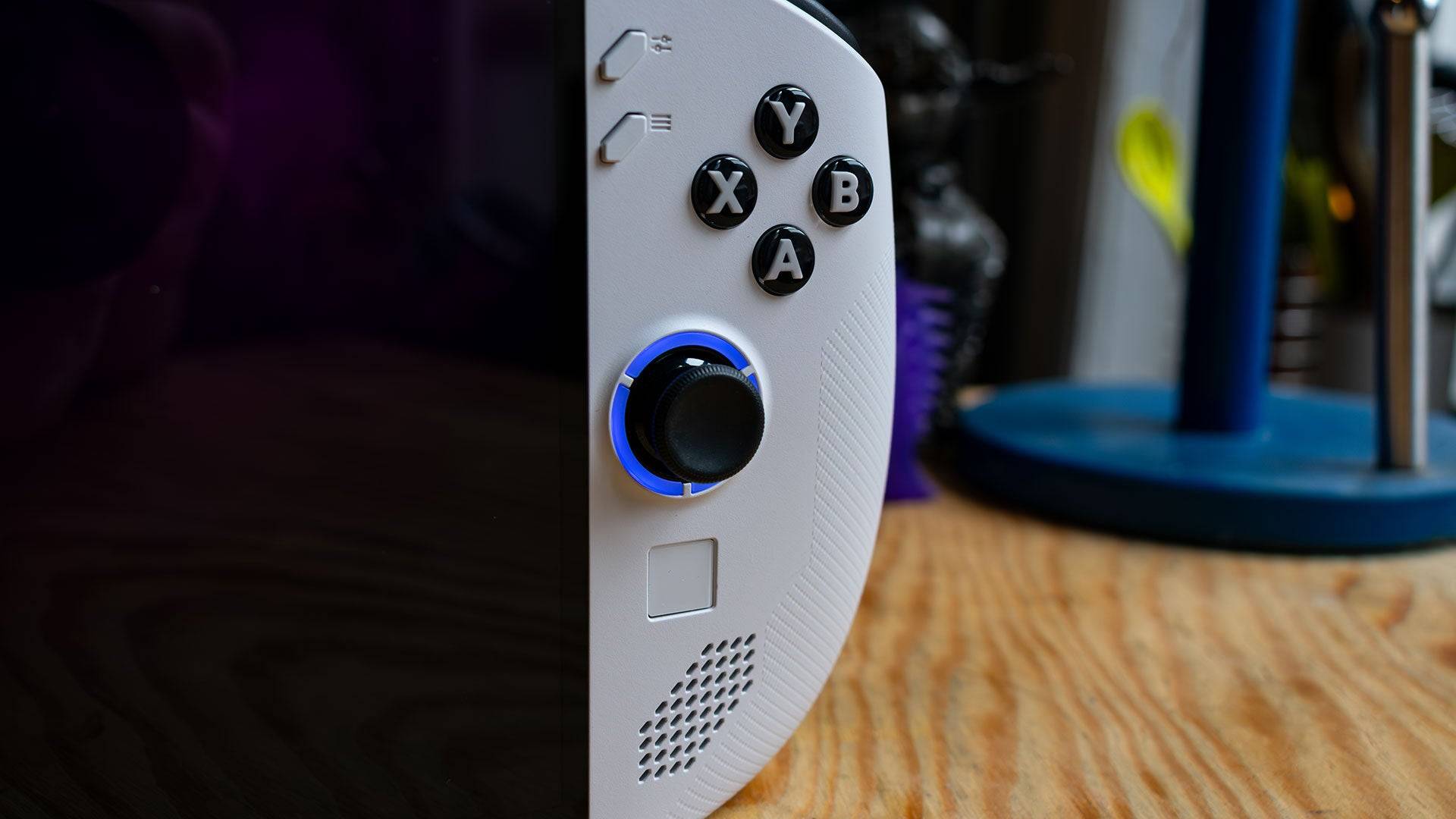 7 Images
7 Images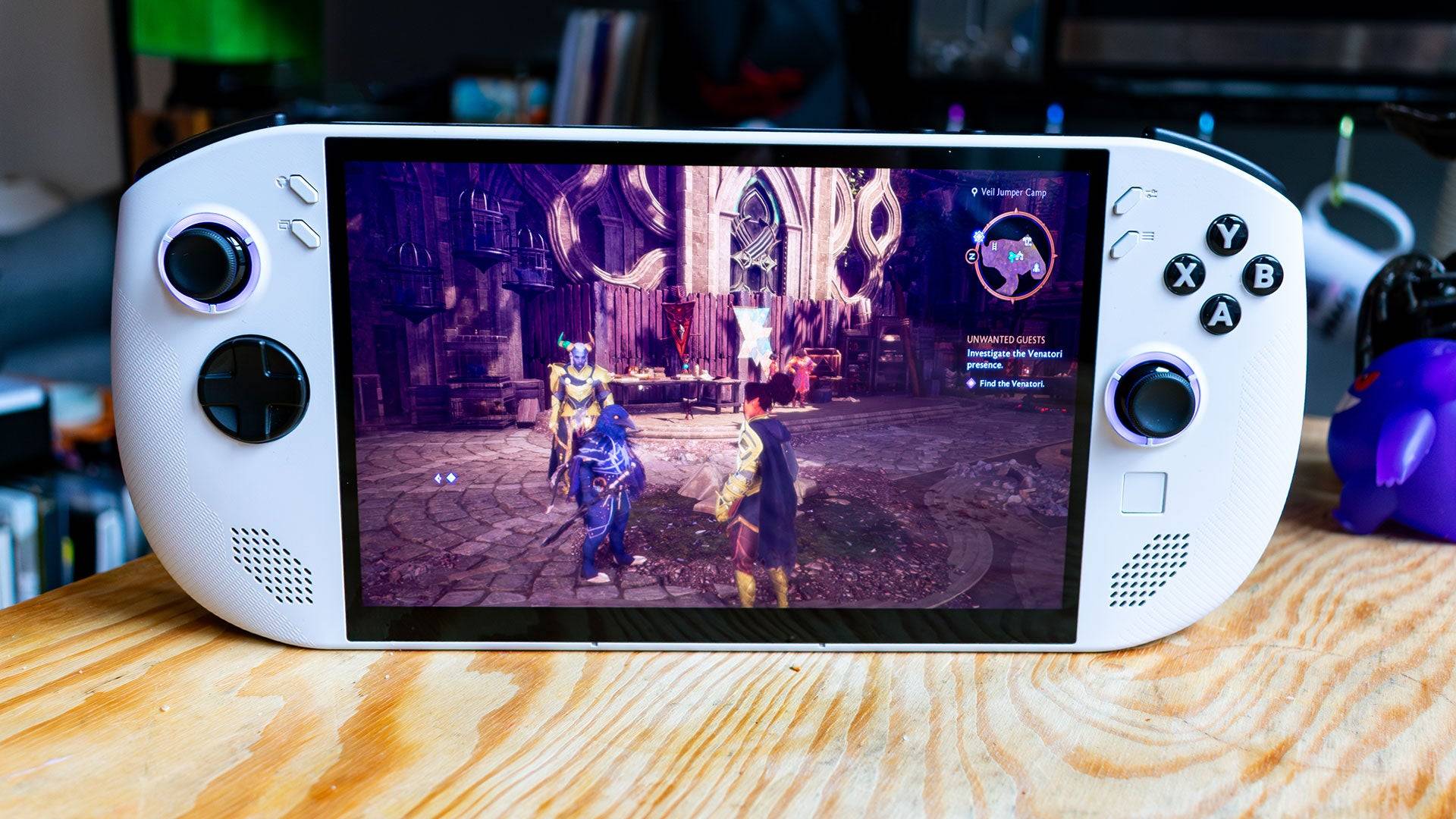
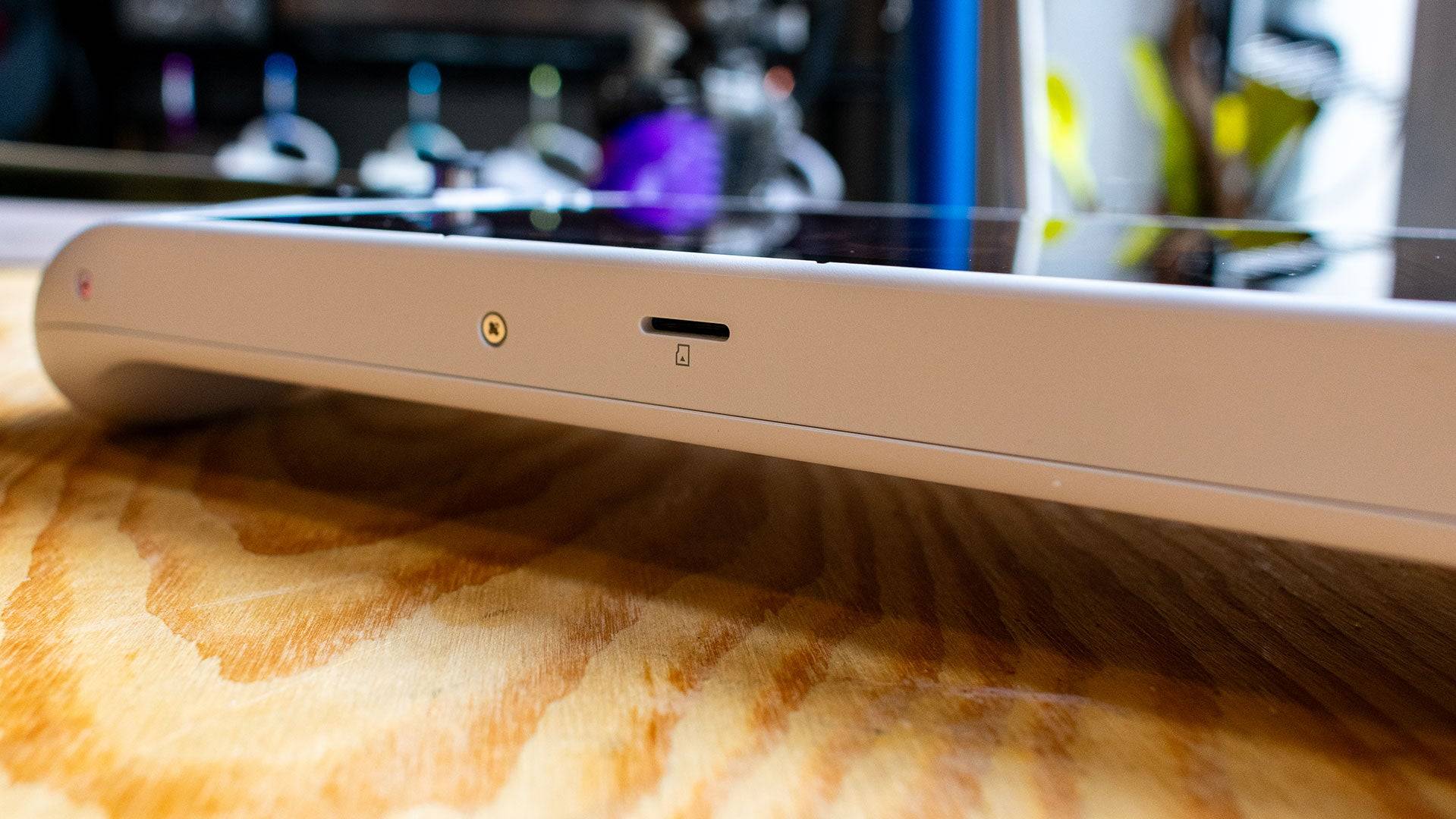
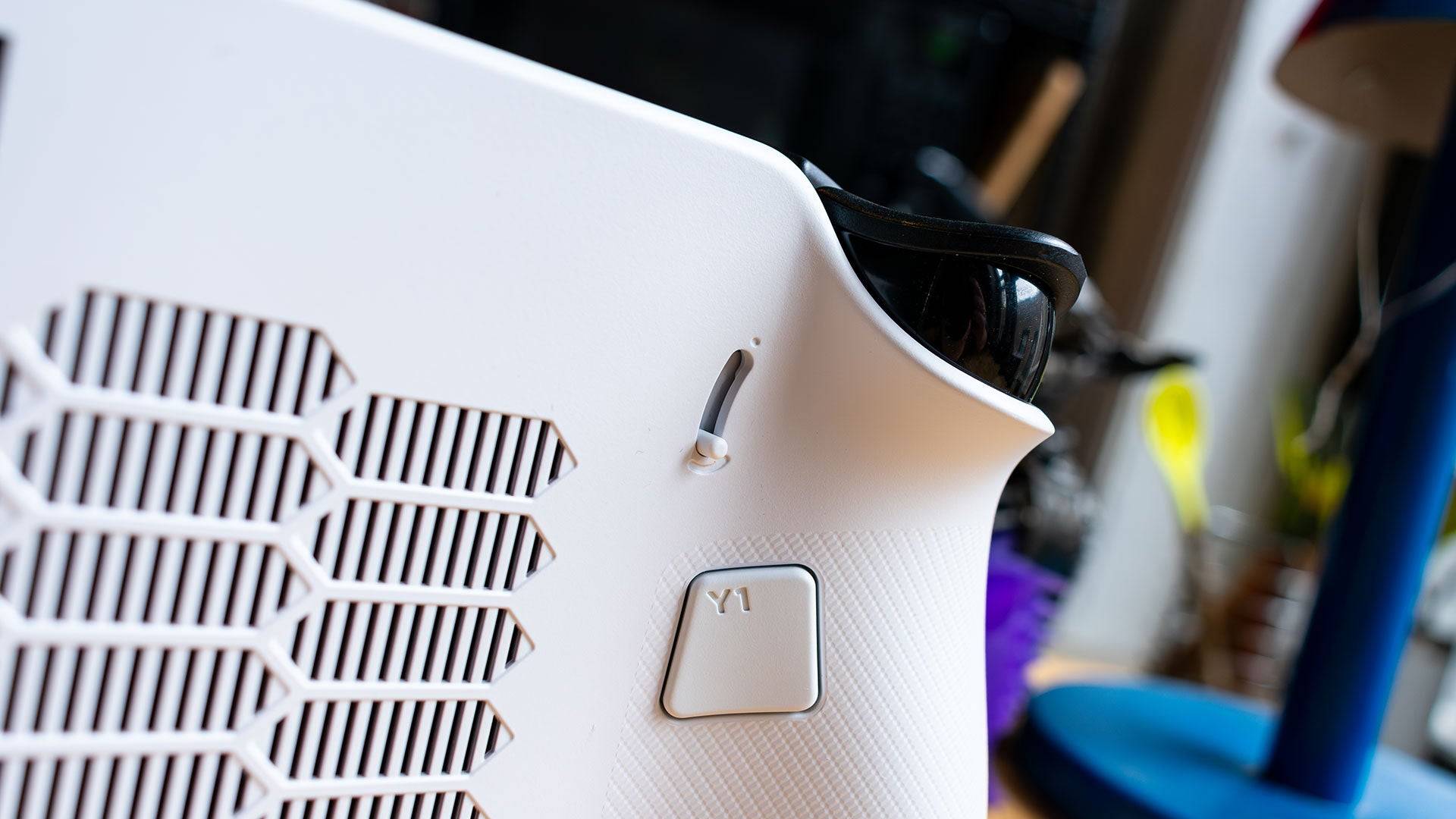
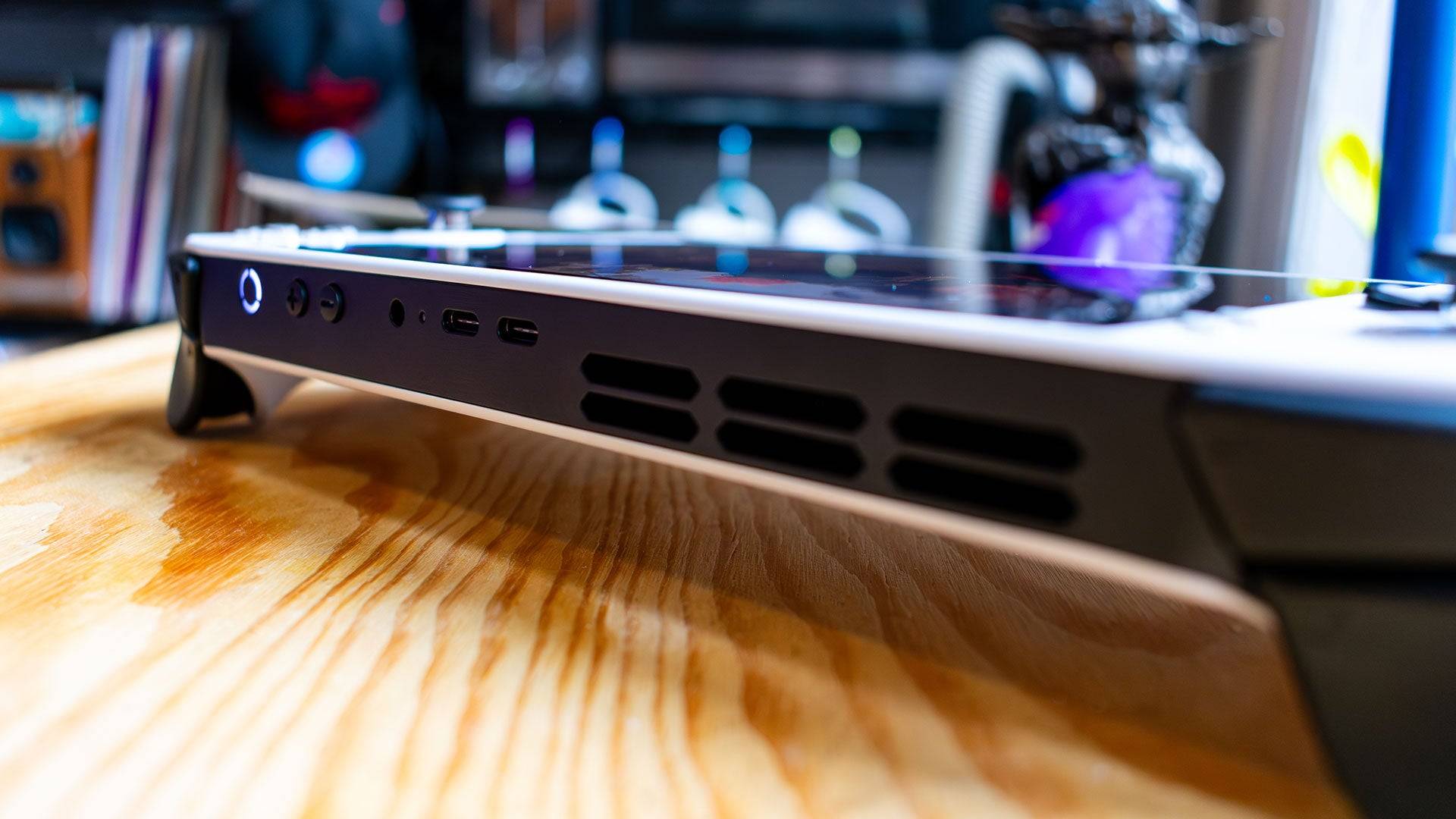 Lenovo Legion Go S – Design
Lenovo Legion Go S – DesignThe Lenovo Legion Go S resembles the Asus ROG Ally more than the original Legion Go. It features a unified design that enhances usability. The rounded edges of its chassis contribute to a comfortable grip during extended gaming sessions, despite the device's substantial weight of 1.61 pounds. This weight, while only slightly less than the original Legion Go (1.88 pounds) and more than the Asus ROG Ally X (1.49 pounds), can become noticeable over time.
In exchange for its weight, the Lenovo Legion Go S boasts an impressive 8-inch, 1200p IPS display, rated at 500 nits of brightness. This screen delivers stunning visuals, enhancing the gaming experience across various titles, from the vibrant colors of Dragon Age: The Veilguard to the realistic environments of Horizon Forbidden West. It's arguably one of the finest displays available on a handheld gaming PC, surpassed only by the Steam Deck OLED.
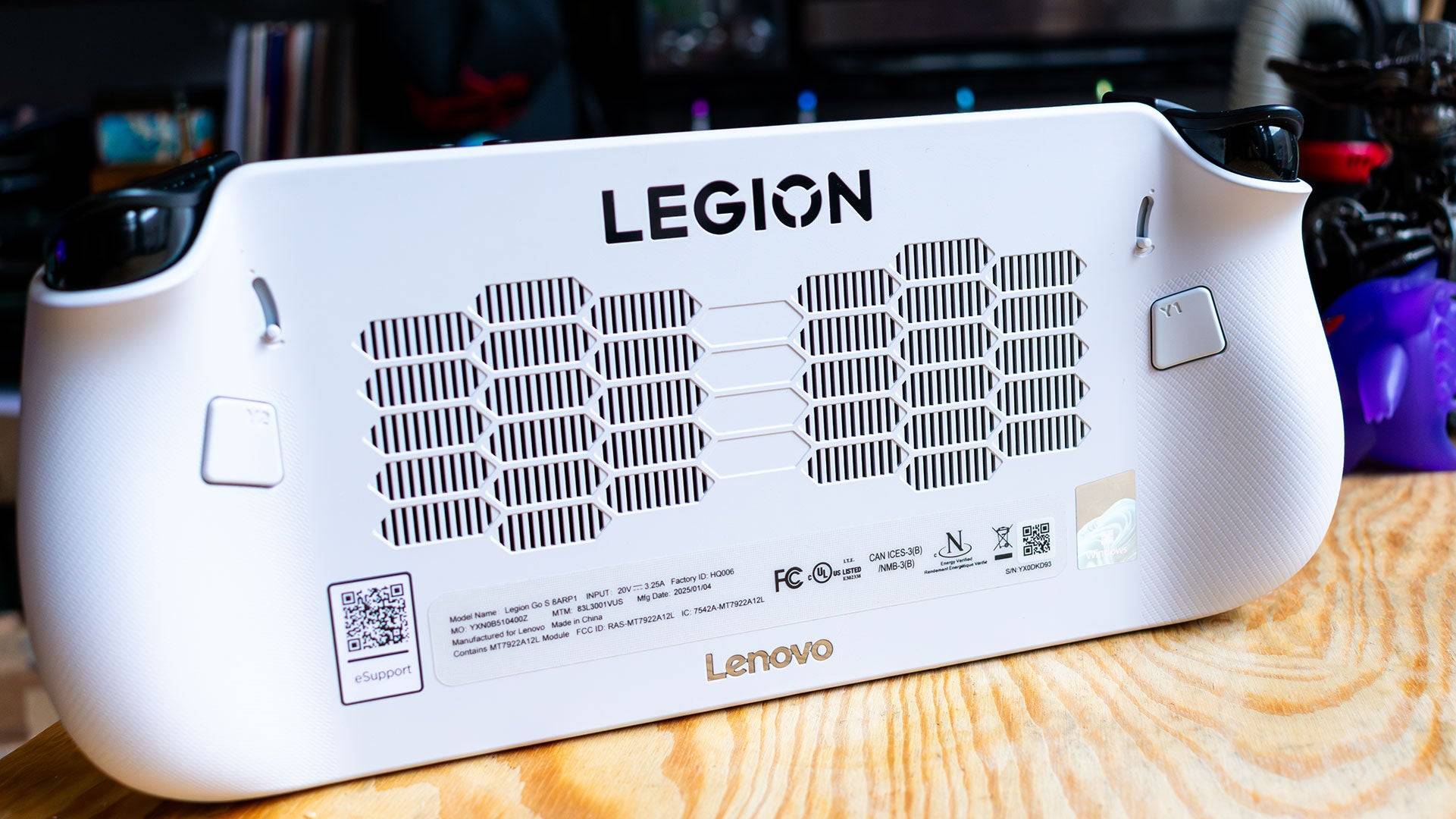
The Legion Go S is available in two appealing color options: Glacier White and Nebula Nocturne, with the latter reserved for the SteamOS model slated for release in 2025. The joysticks are equipped with customizable RGB lighting rings, which can be easily adjusted to suit your preference. The button layout is more intuitive than its predecessor, with the 'Start' and 'Select' buttons now positioned in a more conventional manner on either side of the screen. However, the placement of Lenovo's menu buttons above them may require some adjustment, as they could be mistakenly pressed when trying to pause a game.
These Lenovo menu buttons offer quick access to various system settings, including screen brightness and power management for the AMD Z2 Go APU, as well as shortcuts for common Windows tasks. The touchpad, while smaller than in the original Legion Go, allows for mouse input, though navigating Windows may be slightly more challenging due to its size. The upcoming SteamOS version should alleviate these navigation issues, given its controller-friendly design.
The LegionSpace software, accessible via a dedicated button, provides comprehensive system management, including driver updates and a unified gaming library. The back of the device features programmable 'paddle' buttons with increased resistance to prevent accidental presses, and trigger levers that allow for two settings of trigger travel distance. The top of the handheld includes two USB 4 ports, while the bottom hosts a MicroSD card slot, though its placement may be less than ideal for use with a dock.
The reviewed Lenovo Legion Go S, equipped with a Z2 Go APU, 32GB of LPDDR5 RAM, and a 1TB SSD, will be available starting February 14 for $729.99. A more budget-friendly option with 16GB of RAM and a 512GB SSD will launch in May for $599.99.
The Lenovo Legion Go S introduces the AMD Z2 Go APU, which, despite its newness, relies on older Zen 3 and RDNA 2 technologies. This results in performance that falls behind the original Legion Go and the Asus ROG Ally X. Its battery life, at 4 hours and 29 minutes in the PCMark10 test, is slightly less than the original Legion Go despite having a larger 55Whr battery.

Benchmark tests such as 3DMark's Time Spy and Fire Strike highlight the performance gap, with the Legion Go S scoring significantly lower than its competitors. In gaming, the Legion Go S manages to slightly outperform its predecessor in Hitman: World of Assassination, but struggles with demanding titles like Total War: Warhammer 3 and Cyberpunk 2077. Adjusting settings to Medium and lowering the resolution to 800p can help achieve smoother gameplay, but the Legion Go S may not be ideal for players seeking to run the latest AAA games at high settings.
For less demanding games like Persona 5, however, the Legion Go S excels, delivering vibrant visuals and stable frame rates.
Despite its less powerful APU and smaller form factor, the Lenovo Legion Go S is priced higher than the original Legion Go, starting at $729 compared to $699. This pricing seems counterintuitive until considering its higher memory and storage specifications. However, the included 32GB of LPDDR5 memory and 1TB SSD, while impressive, may not be fully utilized given the APU's limitations.
Adjusting the BIOS to allocate more system memory to the frame buffer can enhance performance, but navigating the BIOS on a handheld device can be cumbersome. A more user-friendly approach would have been to optimize these settings out of the box. The high memory configuration seems excessive for a device that struggles with high-end gaming, making the $729 model less appealing.
Fortunately, a more balanced version with 16GB of memory will be available in May for $599, offering better value and positioning the Lenovo Legion Go S as a competitive option in the handheld gaming PC market.
Zenless Zone Zero Update Cycle Leak Hints at Future Content cadence
All Mavuika Materials, Kit, and Constellations in Genshin Impact
Best Xbox Game Pass Games For Kids (January 2025)
Marvel Rivals: Season 1 Dracula Explained
Solo Leveling: Global Tournament Draws Near
Power Rangers: Uncover Hidden Secrets in Rita's Carnival and Cemetery
Counterfeit Bank Simulator: Minting Solution for Economic Crises
Roblox: Anime Auras RNG Codes (January 2025)
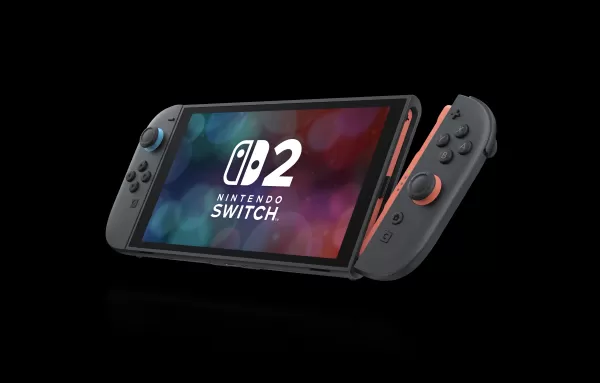
Switch 2 Pre-Order Scams Target Japan Fans
Sep 28,2025

Secret of Mana Gets Controller, Achievement Boost
Sep 28,2025

Fantastic Four Trailer Reveals Silver Surfer, Galactus Threat
Sep 28,2025

Monkey King Mastery: Skills, Gear, and Builds for RAID
Sep 27,2025

Pokémon Go Launches $100 Premium Restroom Pass
Sep 27,2025